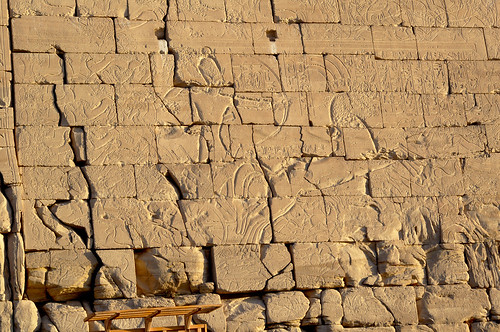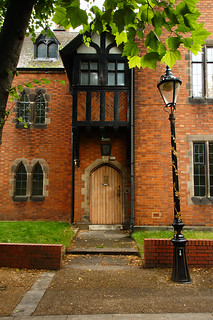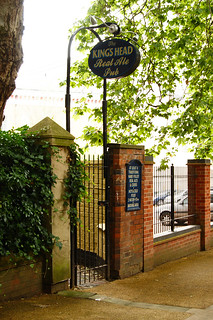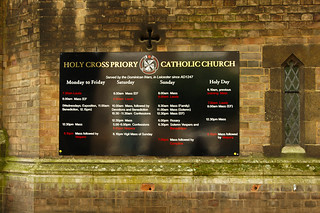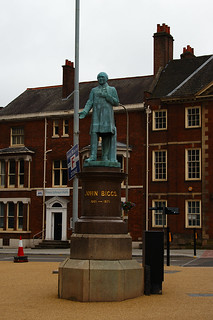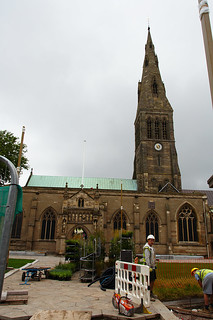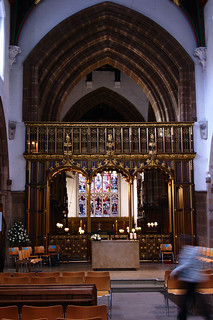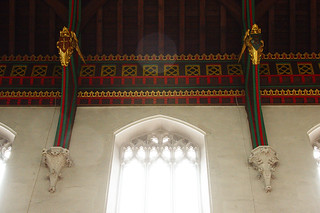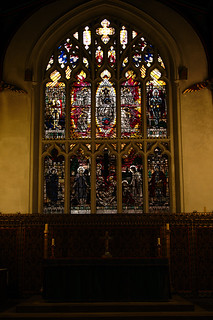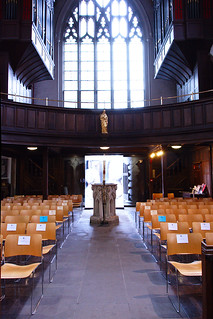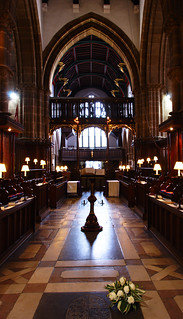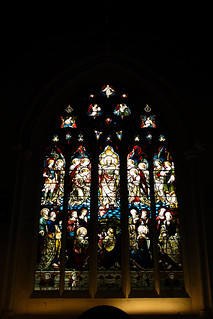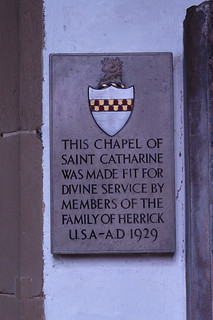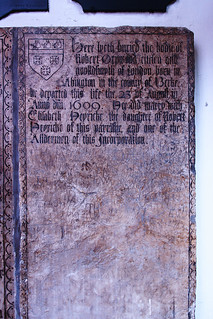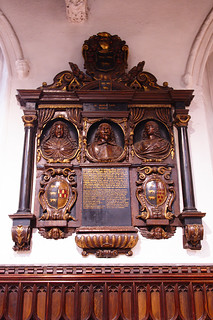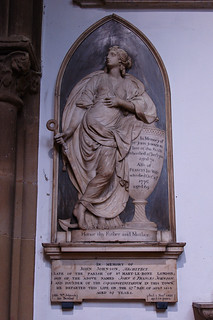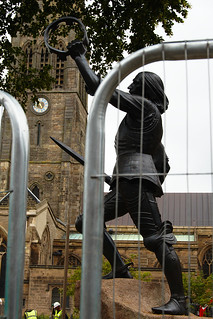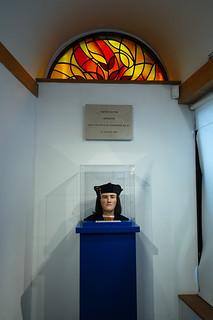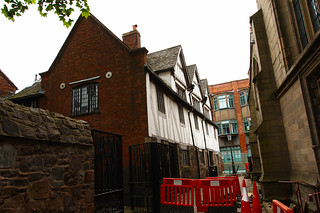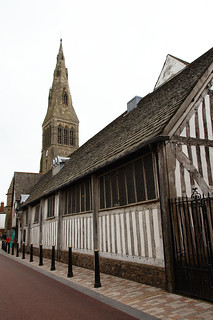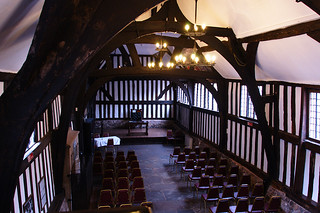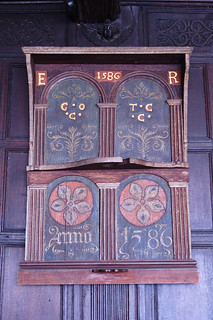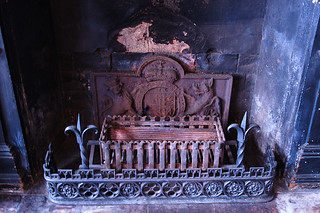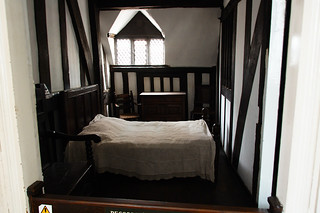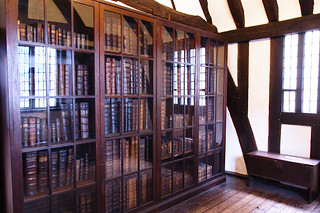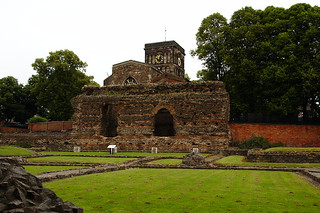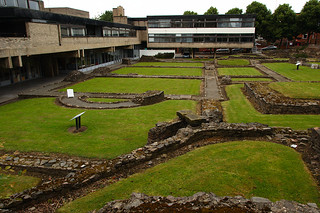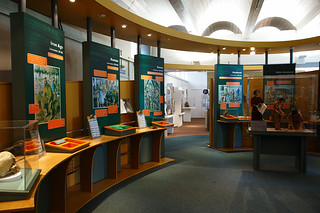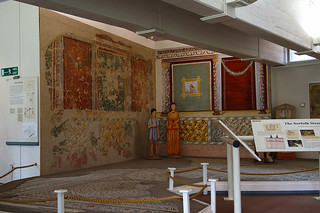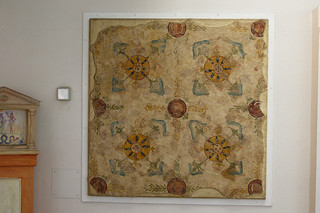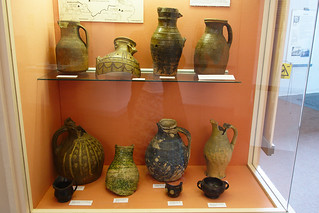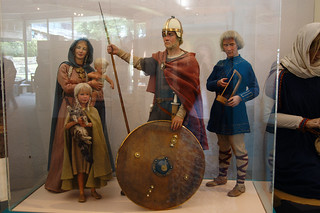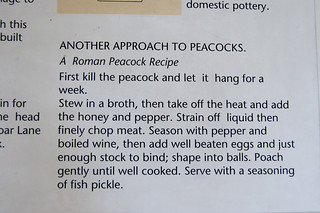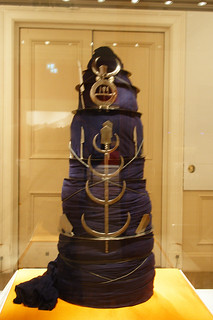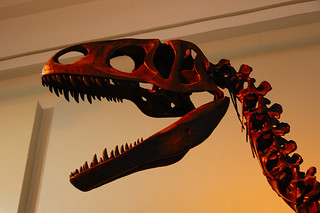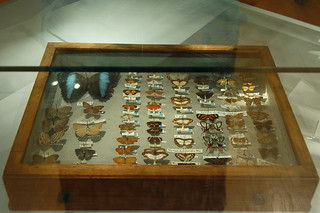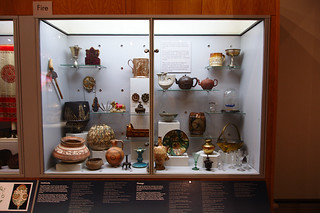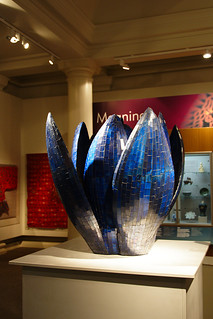The next section of this chapter of the Middle East book covers the second half of the 2nd Millennium BCE and focuses on the kingdoms in the west of the region – for instance the Hittites & the Mitanni. It also looks at their interactions with Egypt, because this is the era of the Amarna letters and the era of the Battle of Qadesh.
Orientation Dates:
- 1600-1046 BCE: The Shang Dynasty of China (post).
- 1650-1550 BCE: The Second Intermediate Period in Egypt.
- 1550-1069 BCE: The New Kingdom in Egypt.
- 1479–1458 BCE: Reign of Hatshepsut in Egypt.
- 1351–1334 BCE: Reign of Akhenaten in Egypt.
- 1332–1323 BCE: Reign of Tutankhamun in Egypt.
- 1279–1213 BCE: Reign of Ramesses II in Egypt.
Power Struggles: The Western States
We start with the Old Hittite Kingdom in which parts of Anatolia, northern Syria and Upper Mesopotamia were ruled over by Hittite kings from their capital in Hattusa. It last from around 1650 BCE to 1400 BCE, and is known from their own records: thousands of cuneiform texts were found in Hattusa dating from this period. The original origins of the Hittite people isn’t known, but they had probably been living in Anatolia for a few centuries by the time the Old Hittite Kingdom rose to prominence – Assyrian texts from before this period mention individuals with Hittite names in Anatolian cities. The Hittite language is an Indo-European language (so from the same broad family as English, Latin, Greek, Sanskrit etc). Most of the other peoples in the region spoke Semitic languages (like Egyptian and Akkadian), or spoke Sumerian (which is a language with no known relatives). Rather conveniently for modern scholars some of the records discovered in Hattusa were bilingual and written in both Hittite and Akkadian.
The first king of the 15 or so who ruled the Old Hittite Kingdom was Huttusili I who conquered territory as far as the Euphrates River. His successor Mursili extended the kingdom as far southeast as Babylon but after his assassination the Hittites abandoned the territory across the Euphrates River. The next few kings all took the throne by assassinating their predecessor (or his heirs) and knowledge of this period mostly comes from a text known as the Proclamation of Telepinu. In this the new king (Telepinu) attempts to lay out rules for how the succession should work in the future, making it a strictly patrilinear succession. However he died without a direct male heir, and so these rules failed at the first hurdle. The second hundred years of the Old Hittite Kingdom seems to’ve been almost as turbulent politically as the first!
The kingdom of Mitanni is the next state the book considers. They started out as a confederation of Hurrian states in inland Syria & northern Iraq around 1600 BCE. The Hurrian language is part of a now extinct language group, and the people who spoke it are believed to’ve migrated from the Trans-Caucasus region. By 1450 BCE the Mitanni Kingdom was a prominent player in Upper Mesopotamia. Sadly none of their own records have been discovered so they’re mostly known from what the Hittites & Egyptians had to say about (and to) them. By 1500 BCE the Mitanni state had expanded into most of Syria, and this later brought them into conflict with an expanding Egypt (during the reign of Tutmosis III). Relations between the Mitanni and the Egyptians were somewhat warmer by the reign of Akhenaten – perhaps because the Hittites and Assyrians were both expanding again by this stage, and with these northern neighbours the Mitanni could do with southern allies. But not long after this the Mitanni state began to fragment and was subsequently defeated by the New Hittite Kingdom. It did continue to exist as a small buffer state between the Hittites and the Assyrians until around 1290 BCE, but the Mitanni’s days as a major state were over.
The power vacuum left in Babylon by the sacking of the city by the Old Hittite ruler Mursili was eventually filled by a Kassite dynasty who ruled c. 1570-1155 BCE. Quite a lot of evidence for these kings comes from their diplomatic correspondence (and diplomatic marriages) with the rulers of nearby states including the Egyptians and the Hittites. As well as the diplomatic evidence for these kings internal affairs are known from the administrative archives of Nippur. The Kassite people originally came from north-eastern Syria and had migrated into Mesopotamia sometime around the 18th Century BCE. The Kassite rulers of Babylon were thoroughly Babylonised, building temples to Babylonian gods, collecting & creating the Babylonian literary canon and preserving the Babylonian scribal tradition.
The New Hittite Kingdom starts immediately after the end of the Old Hittite Kingdom, but it sounds like the first three or four kings are more of a transitional period. The true start of the return to prominence of the Hittites comes when Suppiluliuma I successfully carries out a coup against his brother in 1344 BCE. Most of what is known about this ruler comes from “The Deeds of Suppiluliuma”, which was written during the reign of his second successor. He ruled for nearly 20 years, and re-established the Hittite kingdom as a marjor state. He not only re-conquered Anatolia, he also conquered the Mitanni and several other kingdoms in Syria, and forced these states to sign long lasting peace treaties. He is also the King of the Hittites who a Queen of Egypt apparently wrote to asking for one of his sons to marry after the death of her husband (the Pharaoh) without an heir so that she could avoid being forced to marry a commoner. Suppiluliuma I is said to’ve been suspicious, but then sent one of his sons who was promptly murdered after he crossed the border – and this is the justification for subsequent tensions between the Hittites and the Egyptians. The Queen in question is often supposed to be Ankhesenamun (Tutankhamun’s widow). However (and the book sadly doesn’t mention this) the story is only known from one text dating from the reign of one of Suppiluliuma I’s successors, and I think there’s significant doubts about its truthfulness – it’s actually more likely to be Hittite propaganda. (Charlotte Booth talked about this a bit in the talk she gave to the EEG in July about Horemheb.)
According to texts from his son Mursili II’s reign called the Plague Prayers, Suppiluliuma I and his son (and first successor) Arnuwanda II both died of an epidemic of plague brought back with captives from a successful Syro-Palestinian military campaign. Which Mursili II believed was due to divine disfavour regarding the fratricide which let his father take the throne, and the campaign itself being in violation of a treaty with Egypt. This latter concern didn’t stop Musili II’s successor Muwatalli II from antagonising the Egyptians further, resulting in the Battle of Qadesh (more on this later in this post). The treaty after the battle was signed between Ramesses II and Hattusili III, who had usurped the throne from Muwatalli II’s son. Quite a lot of what we know about his reign (and his immediate predecessor’s) comes from his “Apology”, an autobiographical text that explains why he thought he should depose his nephew (who subsequently fled to Egypt, much to Hattusili III’s disgust). Hattusili III’s wife is also known from texts – in particular letters between herself and Ramesses II after Hattusili III’s death. She was acting at that point as Queen Mother, and is accorded the same sort of respect as Hattusili III by Ramesses II. It’s not clear if she was unusually respected for a Queen Mother, or if it’s just that she’s the only Hittite Queen Mother whose correspondence survives.
The capital of the Hittite kingdom was the city of Hattusa, which was located near the modern town of Bazkoy in northeast Central Anatolia (in Turkey). It was founded at some point early in the 2nd Millennium BCE, and was originally relatively small compared to other ancient Near Eastern cities. It was sacked a couple of times between 1750 BCE and 1400 BCE, then rebuilt extensively by Suppiluliuma I. This later city had two main regions: the royal acropolis (including large temples), and the lower city. Population estimates for this period range from 10,000 to 40,000 inhabitants.
Having made a comprehensive tour of the major players in the western part of the Middle East during this period the book now devotes a few pages to the minor Mediterranean and Syro-Palestinian states each of whom get a couple of paragraphs. I’m pretty much going to name check them here, rather than devote much attention to them. Ahhiyawa is considered a diplomatic equal to the Hittites, given the correspondence during the New Hittite Kingdom period. Both textual and archaeological evidence suggests these people may be the Mycenean Greeks. The Luwians lived in Western Anatolia and were at times a vassal state of the Hittites, and the language (a close relative of Hittite) was dominant in the region after the fall of the New Hittite Kingdom. Carchemis and Aleppo were both part of the array of small Syro-Palestinian states, as were Astata, Alasiya (modern Cyprus) and Alalakh. All of these states were at times vassals of the Hittites and at times more independent. The state of Ugarit was caught between the two superpowers of the Hittites & the Egyptians – and thus were courted by both with offers of support against the other. The Amurru people were further south, and in the Egyptian sphere of influence – and a thorn in the sides of their neighbours, who complained to the their mutual overlords about the Amurran’s employment of bands of mercenary warriors known as the ‘Apiru to harass their neighbours.
The last couple of double-page spreads of this section look more closely at the interactions of the Middle East with their Egyptian neighbours. The first of these talks about the Amarna Letters – a collection of cuneiform tablets discovered in the Egyptian city of Akhetaten (modern Tell el-Amarna) which was briefly the capital of Egypt during Akhenaten’s reign (and only existed for that 20 years). 90% of the 380 surviving tablets are copies of the diplomatic correspondence between Egypt and their neighbours from Year 30 of Amenhotep III’s reign through Akhenaten’s reign, Smenkhare’s reign and into the first year of Tutankhamun’s reign. Most of them are the incoming correspondence, although some are outgoing (either unsent or copies, it’s not known which), and all are composed in Akkadian which was the diplomatic lingua franca of the era. Some of these letters are to rulers that the Egyptians at least superficially regarded as their peers – addressing each other as “brother”. However it’s notable that in the marriage alliances Egyptian women never married foreign princes, instead the default was vice versa. Other letters are between Egypt and its vassal states.
And the section finished with a closer look at the Battle of Qadesh – which Ramesses II depicted on several temple reliefs (the above picture is from the Ramasseum). The site of the battle was strategically important – it sat on the crossroads of two major trade routes, and dominated the fords of the Orontes River. It had been significant in Egyptian foreign affairs even before Ramesses II’s campaign – for instance it lead the coalition of rebellious towns that Tutmosis III defeated at Megiddo c.1457 BCE. During the reign of Akhenaten the Egyptians made two unsuccessful attempts to remove the Hittites from the region, and for the next generation or so the city swapped allegiances several times. By the time of Ramesses II the Egyptians felt it necessary to make a concerted effort to recover Qadesh and reassert their power in the region. The Battle of Qadesh took place in c.1275 BCE, and the Egyptians record several accounts of it – all of which talk about Ramesses II annihilating the Hittites. But if you read between the lines, and remember that the Egyptians didn’t tend to write down bad things, you can see that the truth is more of an inconclusive draw. About 15-20 years after this the two sides signed a peace treaty – which rather astonishingly not only survives in both Hittite and Egyptian documents, but the two versions are also in agreement with each other! There was indeed peace (relatively speaking) for the remainder of the time that the Hittite state existed. This section of the chapter finishes with the note that “Soon thereafter, Qadesh was destroyed, probably by the Sea Peoples”. I don’t imagine the Qadeshian citizens had enjoyed any of its turbulent history, however!
The next (and last) part of this chapter of the book is about the rise of the Assyrians, on their way to be the first large scale empire in the Middle East.
